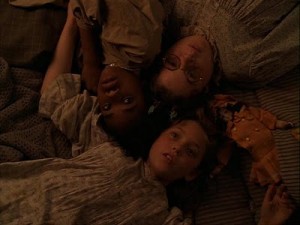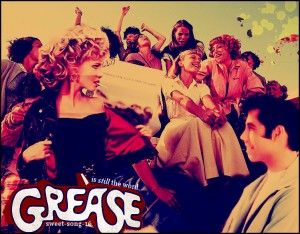Hoop Dreams
Hoop Dreams follows the lives of two inner-city Chicago high school basketball stars trying to make it into the big leagues. Along the way, they boys are dragged through many different obstacles, but also given extraordinary opportunities when offered the chance to play at St. Joseph’s. The boys faced both self-created obstacles, and obstacles which were far beyond their spectrum of control throughout their high school lives, and all of these factors affected their chances to make it or break it in the competitive world of basketball.
Both Arthur and William make choices which affect their eventual chances of reaching the NBA or getting drafted into a stellar college basketball program. Be it Arthur’s too low test scores and failing grades, or William’s decision to keep and help raise a baby, the boys are subjected to managing their basketball careers around their self-made challenges, making it overly difficult for themselves. Arthur was a few points away from eligibility to play at a NCAA four-year school, but his lack of effort held him back from ever getting the chance. William, on the other hand, had the scores to get his college letters, but continually had to manage his life around his child. In these ways, the boys had self-inflicted challenges to keep them from their dreams, but they also faced many challenge in which they had no control.
Both boys came from inner city schools with very little family money to pay the cost of an expensive private school education. A father’s drug addiction and unemployment only further worked against the boy’s dream of reaching the NBA and getting recruited at a top-tier basketball college. Returning to the inner city schools with an inability to keep up with tuition only further deteriorate the chances of reaching their goals. The financial issue seems to be the most pressing uncontrollable issue against the success of both boys, and regardless of their self-inflicted challenges, the issue of money was always going to hold them back from easily attaining their hoop dreams.




